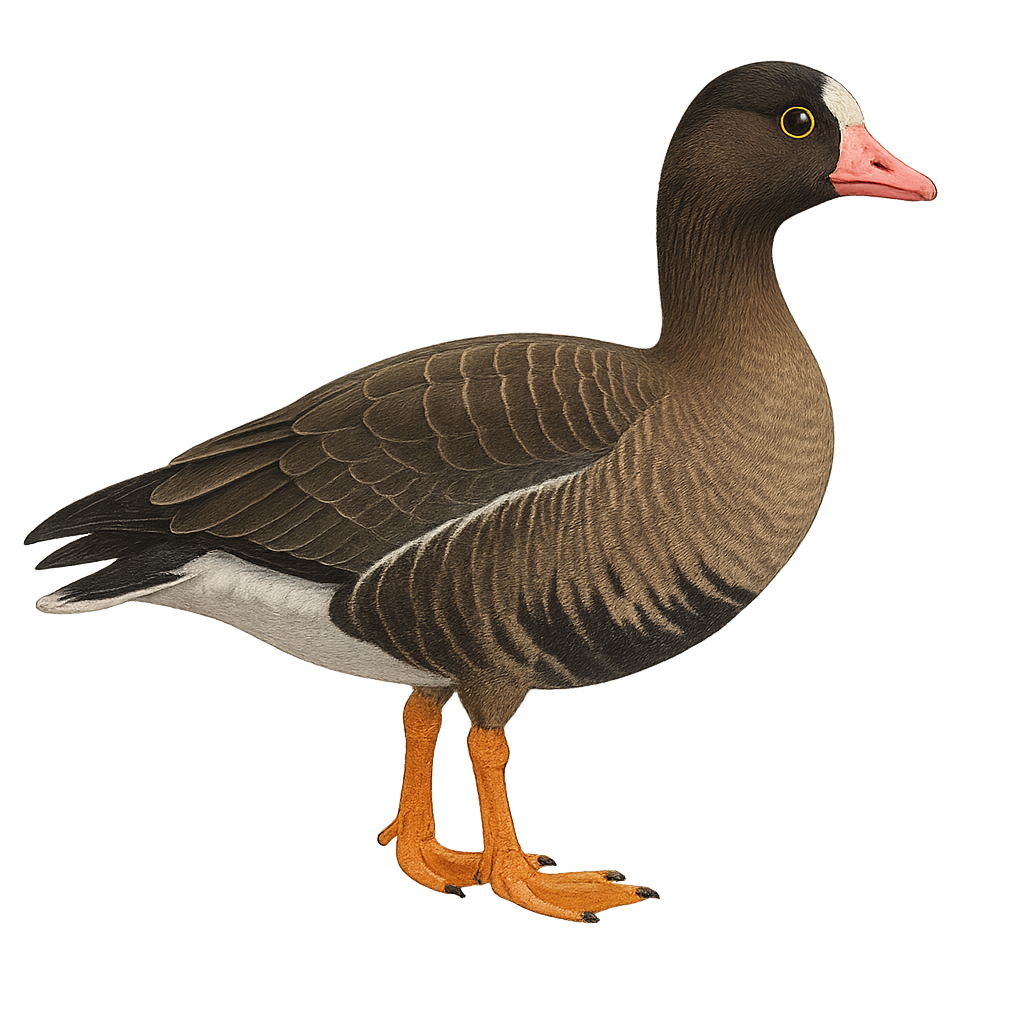Your wildlife photography guide.
Explore the lesser white-fronted goose in detail, study its behavior, prepare your shots.
Where to observe and photograph the lesser white-fronted goose in the wild
Learn where and when to spot the lesser white-fronted goose in the wild, how to identify the species based on distinctive features, and what natural environments it inhabits. The WildlifePhotographer app offers tailored photography tips that reflect the lesser white-fronted goose’s behavior, helping you capture better wildlife images. Explore the full species profile for key information including description, habitat, active periods, and approach techniques.
Lesser White-fronted Goose
Scientific name: Anser erythropus

IUCN Status: Vulnerable
Family: ANATIDAE
Group: Birds
Sensitivity to human approach: Suspicious
Minimum approach distance: 30 m
Courtship display: June to July
Incubation: 25-27 jours
Hatchings: June to August
Habitat:
Marshes, lakes, wet meadows
Activity period :
Primarily active during the day, with peak activity in the morning and late afternoon.
Identification and description:
The Lesser White-fronted Goose, Anser erythropus, is a small waterbird species belonging to the Anatidae family. It is characterized by its brownish-grey plumage, a distinctive white band on the forehead, and a yellow eye-ring. Adults measure about 53 to 66 cm in length with a wingspan of 120 to 135 cm. They breed in the Arctic and subarctic regions of Europe and Asia, migrating south for the winter. Their preferred habitats include marshes, lakes, and wet meadows. Unfortunately, this species is declining due to habitat loss and hunting, leading to its classification as vulnerable by the IUCN.
Recommended lens:
400mm – adjust based on distance, desired framing (portrait or habitat), and approach conditions.
Photography tips:
To photograph the Lesser White-fronted Goose, it is advisable to use a telephoto lens of at least 400mm to capture detailed images without disturbing the bird. The best times for photography are early morning or late afternoon when the light is soft and golden. Look for areas near water where they often gather. Be patient and discreet to avoid scaring them away. Use a tripod to stabilize your camera and achieve sharp images.
The WildlifePhotographer App is coming soon!
Be the first to explore the best nature spots, track rutting seasons, log your observations, and observe more wildlife.
Already 1 432 wildlife lovers subscribed worldwide

